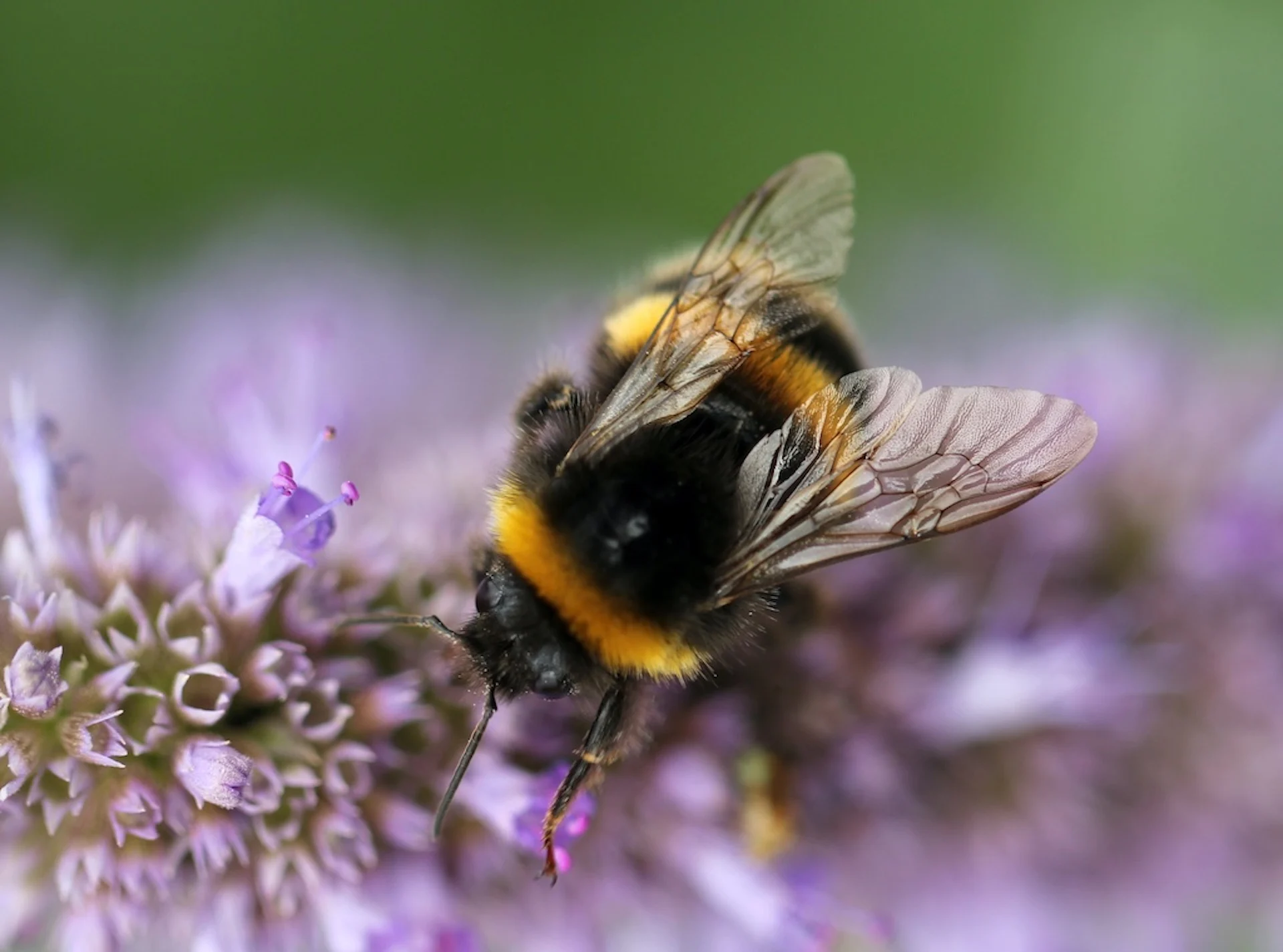
Turn your yard into a bustling ecosystem: Here's how to garden for wildlife
How to transform your space into a sanctuary for local wildlife
Spring is a great time to get reacquainted with nature, and you can attract more animals, insects, and birds onto your property by turning your yard into a more hospitable environment.
Here are some tips on how to garden for wildlife, courtesy of The Canadian Wildlife Federation (CWF).
Grow native plants. Plants from other parts of the world can add a splash of colour to your garden but there are big benefits to growing local plants. They provide shelter and food for countless species and in the case of milkweed, native to parts of southern Canada, they provide a place for monarch butterflies to lay their eggs.
Using a variety of native plants could also replace the need for a bird feeder. Other bonuses: they tend to require less care than non-natives and are typically more weather-resistant.
And native plants in your garden means more of them elsewhere, since seeds are spread by the wind.
Learn more with the CWF native plant encyclopedia.
Think of your property as a stepping stone. "Every wildlife-friendly garden is a haven that can act as a stepping stone between larger areas of natural habitat. In turn, these animals play a critical role in our own survival, from pollinators that help provide fruits and vegetables to cavity nesting birds which keep mice and insects under control," the CWF says.
"When you welcome songbirds, butterflies, bees and other animals to the gardens surrounding your home, cottage, business, school or community garden, you are supporting them with much needed habitat. Anyone with a garden, be it a patio or acres of land, has an amazing opportunity to help our local and migratory wildlife and to enjoy the benefits and beauty they bring."
Get your garden certified. Canadians who have made their gardens wildlife friendly can apply to be certified by the CWF.
Certified gardens are added to a collective map highlighting the coast-to-coast difference Canadians just like you are making in their local communities. Certification also helps raise awareness and may inspire others to create eco-friendly spaces. The saying is true: small actions can have a big impact.
You can learn more about requirements and the application process on the CWF website.
Thunbnail image courtesy Sandy Millar/Unsplash.






